If you’ve ever wondered how some websites consistently rank at the top of Google while others barely make the first page, the answer often lies in one thing: on-page SEO.
While off-page strategies like backlinks matter, on-page SEO forms the foundation. Without it, even the best content may struggle to get visibility. Whether you’re running a blog, a business website, or an e-commerce store, these on-page SEO best practices can help you climb the rankings—and stay there.
Let’s walk through the essentials in a practical guide.
What Is On-Page SEO?
On-page SEO refers to all the optimisation actions you take directly on your website to help search engines understand your content and rank it accordingly.
This includes things like:
- Optimising title tags and meta descriptions
- Using proper headers and formatting
- Improving page speed and mobile experience
- Structuring content for clarity and relevance
- Using the right keywords naturally
The goal is to make your pages both search engine-friendly and user-friendly.
10 On-Page SEO Best Practices You Shouldn’t Ignore
1. Write for People First, Optimise for Search Second
👉 Search engines are smarter than ever. Keyword stuffing is outdated and penalised. Write content that’s helpful, easy to read, and matches user intent. Then, layer in your keywords naturally.
Tip: Use variations and related terms instead of repeating the same phrase.
2. Optimise Your Page Titles
Your title tag is one of the first things Google (and users) see. Try to:
- Keep it under 60 characters
- Include your focus keyword near the start
- Make it clear and clickable
3. Craft Compelling Meta Descriptions
While not a direct ranking factor, a well-written meta description can increase click-through rates. It is best to:
- Keep it under 155 characters
- Include your focus keyword
- Add a clear value proposition or call-to-action
4. Use Header Tags to Structure Content
Headings (H1, H2, H3, etc.) help break your content into scannable sections for readers—and signal hierarchy to search engines. Rules of thumb:
- Use H1 once for your main title
- Use H2s for primary sections
- Use H3s or H4s for sub-points or nested topics
5. Optimise URL Structure
Keep your URLs clean, descriptive, and keyword-friendly. Shorter URLs perform better in search and are easier to remember.
- Bad:
www.example.com/page1?id=2374 - Good:
www.example.com/best-gut-health-tips
6. Use Internal Linking Strategically
Internal links help:
- Guide users to related content
- Spread page authority (link equity)
- Improve crawlability for search engines
Link relevant keywords to related blog posts, service pages, or landing pages—but do it naturally.
7. Optimise Images with Alt Text
Images enhance user experience but can also support SEO. Don’t forget to:
- Compress image file sizes (for speed)
- Use descriptive alt text with keywords when relevant
- Name your files properly (e.g.
seo-guide-2025.jpginstead ofimage123.jpg)
8. Improve Page Speed
Google considers page speed as a ranking factor, especially on mobile. If your site is slow, users bounce—and rankings drop. Use tools like:
- Google PageSpeed Insights
- GTmetrix
- Web.dev
Compress images, enable caching, reduce plugins, and use a reliable hosting provider.
9. Ensure Mobile Responsiveness
With mobile-first indexing, your website must perform well on smartphones and tablets.
- Use a responsive design
- Test with Google’s Mobile-Friendly Test
- Avoid elements like intrusive pop-ups or tiny buttons
10. Focus on Search Intent & Content Depth
Not every piece needs to be 2,000 words—but it does need to answer the searcher’s intent. Ask yourself:
- What is the reader trying to solve or learn?
- Does my content clearly answer that question?
- Can I provide examples, FAQs, or related tools?
Deep, valuable content often ranks higher—even if it’s not the longest.
Bonus: Use Structured Data Where Relevant
Structured data (Schema Markup) helps Google understand your content better—and can enable rich snippets (like star ratings, FAQs, breadcrumbs). You can use:
- Article schema for blog posts
- Product schema for e-commerce
- FAQ schema to show questions in search results
Use Google’s Structured Data Markup Helper to get started.
Set the Right Foundation
On-page SEO is about making your content discoverable, readable, and valuable. It’s not just for Google—it’s for your users, too.
By following these best practices, you’re telling search engines: “This page is useful, relevant, and deserves to be ranked.”
Want Support with On-Page SEO?
At Digital 38, we help businesses across Asia build websites that don’t just look good—they rank well too. From keyword research and content optimisation to technical SEO audits, our team ensures every page is built to perform.
If you’re ready to boost visibility and drive organic traffic, let’s talk today.




